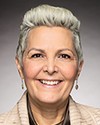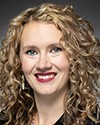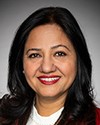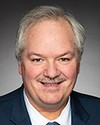I'm so sorry for your loss. Probably every one of us has a member of our family...but it's even more potent when it's your mother.
As to recommendations, women should have a risk assessment for breast cancer, with informed and up-to-date tools to recommend what their next step should be, starting between the ages of 25 and 30. This is in alignment with the European guidelines and the American guidelines, which suggest that we should be thinking about breast cancer as early as 25 to 30. We should be recommending systematic screening starting at age 40. We should be allowing self-referral to a screening program. We have extremely good-quality screening programs in Canada.
This is what we would recommend. It is a woman's decision whether she wants to be screened or not. We know that participation rates are about 60%. They could be better, but we know that women in their forties are begging to be allowed a screening, to be allowed into the screening programs and to benefit from early detection. They want to live a healthy life and to be there for their children for many years.
Those are the major recommendations for young women. For women who are 74 years and older, life expectancy has changed and improved dramatically. We would recommend continuing to screen women older than 74 as long as they have a life expectancy of seven to 10 years, which is the majority of women in their seventies.
These recommendations align with international standards, and they are the ones we would recommend for Canadian guidelines.





